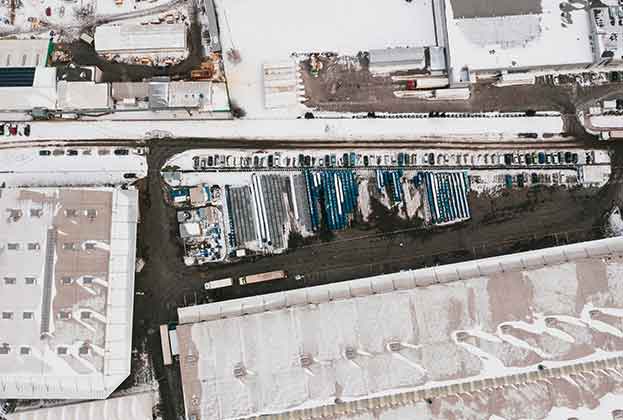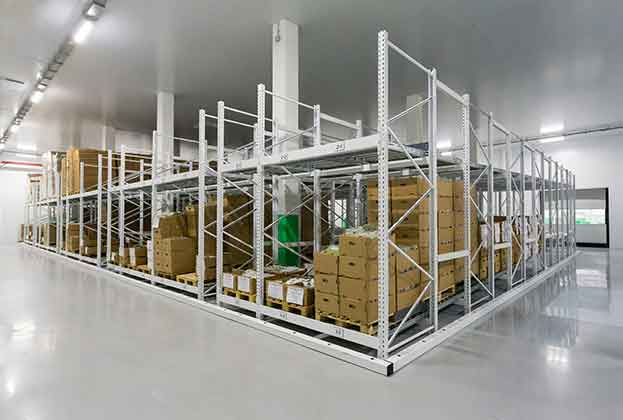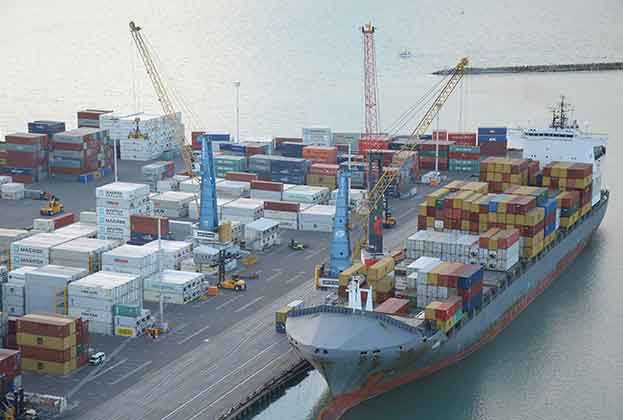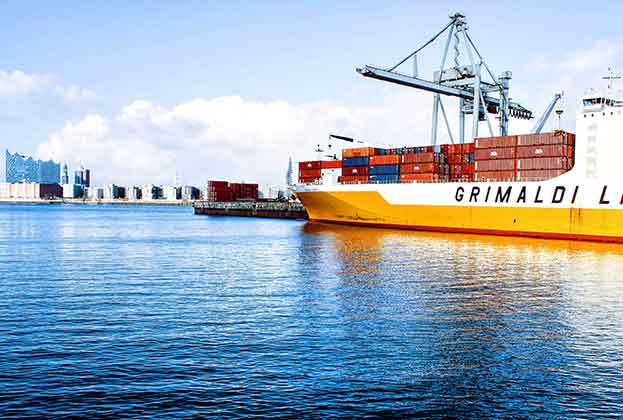Real estate, and in this instance industrial & logistics, operates within a dynamic environment where demands from both occupiers and investors are continuously shifting. Whether to align with market trends, legislation, planning requirements or all three, there has been a notable pursuit for best in class buildings.
This has led to a desire for Grade A+ units, space that goes above and beyond conventional prime stock. While there is no tangible definition, it can mean a variety of different things, depending on a myriad of variables including size, occupier type and location.
One of the largest components is ESG.
Why is ESG so important?
The built environment remains one of the biggest energy consumers in Europe accounting for 40% of total energy consumption and 36% of CO2 emissions. This has led to new energy efficiency legislation being introduced in 2016, which has further fuelled the demand for ESG compliant units. This has meant that since 2018, commercial buildings have required an Energy Performance Certificate (EPC) rating of at least ‘E’ in order to be let, with an interim target of requiring a minimum ‘C’ rating by 2027.
Luckily for the industrial & logistics sector there are some easy wins for landlords who should be able to improve their space in a cost effective way. Nevertheless, for occupiers who seek to acquire a best in class unit there remains a huge issue: warehouse availability. Savills data shows that Grade A space accounts for 72% of take-up per annum, suggesting considerable demand. Yet, just 13% of the overall stock meets the Grade A+ or Grade A EPC rating standard indicating serious scarcity.
EPCs aside, occupiers and landlords are also turning to more complex measurements such as BREEAM as part of their pursuit of Grade A + space. Routinely businesses are seeking units certified as outstanding or excellent, but at present just 14% of vacant units hold this accolade.
Why cost saving is key
This emphasis on sustainability not only aligns with regulatory mandates, but also demonstrates a commitment to reducing environmental footprints and operational costs. For occupiers, Grade A+ buildings prioritise comfort, well-being and operational efficiency. For instance, research by Prologis suggests not having solar PV installed could cost a business up to £589,380 over a ten year lease, assuming 80% of energy usage comes from solar. Put in to practice, Tritax’s Belvedere Wharf scheme in South East London could save a tenant occupying a circa 115,000 sq ft unit £92,050 annually due to its environmental credentials.
There is also functionality to consider. Grade A+ buildings are characterised by design elements aimed at optimising usability and efficiency. Features such as eaves heights and ample yard depths both cater to modern logistics operations, however just 25% of the current vacant units achieve these specific requirements.
What does the future hold when it comes to requirements?
Ultimately, the occupier and stakeholder landscape is forever changing and what constitutes a Grade A+ best in class building is becoming increasingly difficult to monitor. Landlords and developers need to be aware of policy shifts, as well as ever evolving specifications based on occupier requirements. What’s certain, though, is that the transition from Grade A to A+ buildings signifies a pivotal moment in the flight to quality, setting new standards in innovation and what is considered a benchmark for success within the contemporary real estate landscape.
Further information
Contact Hugh Walton


.jpg)





.jpg)

